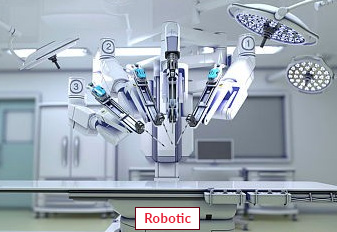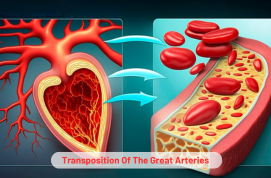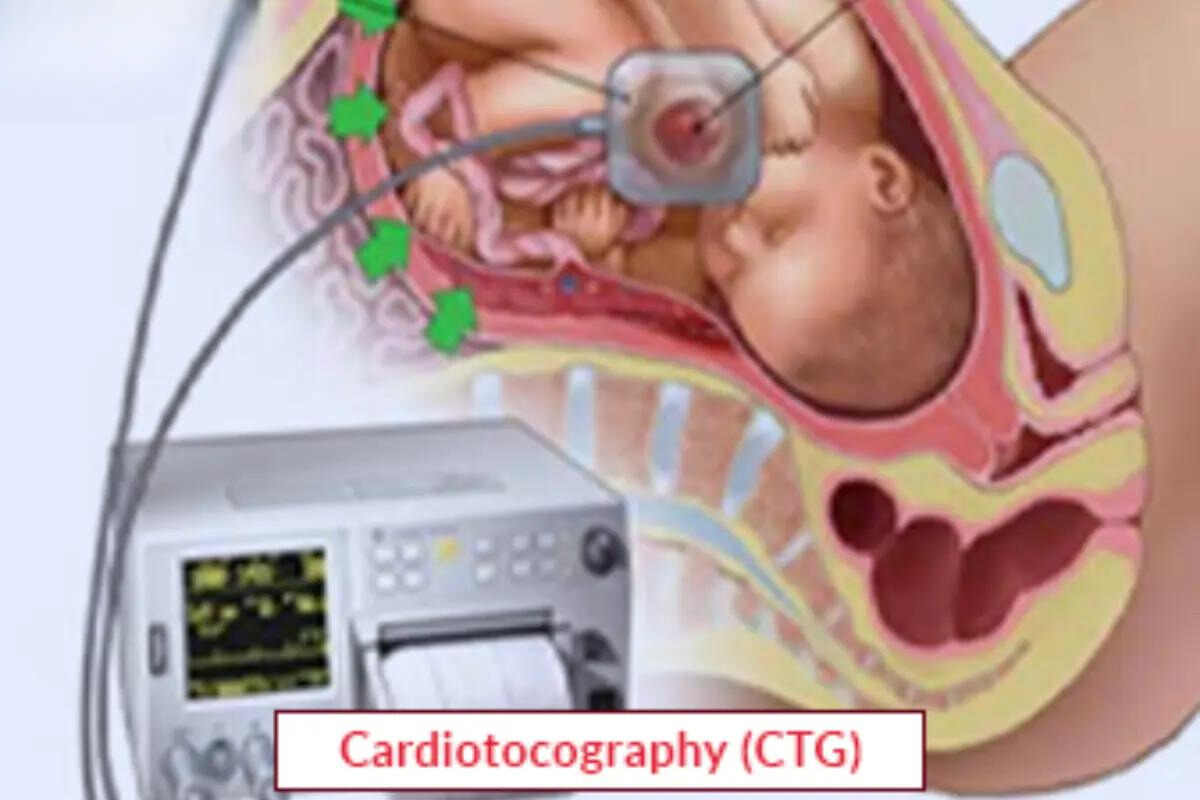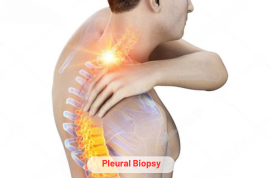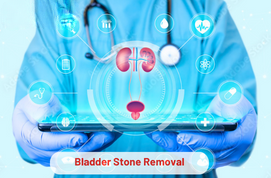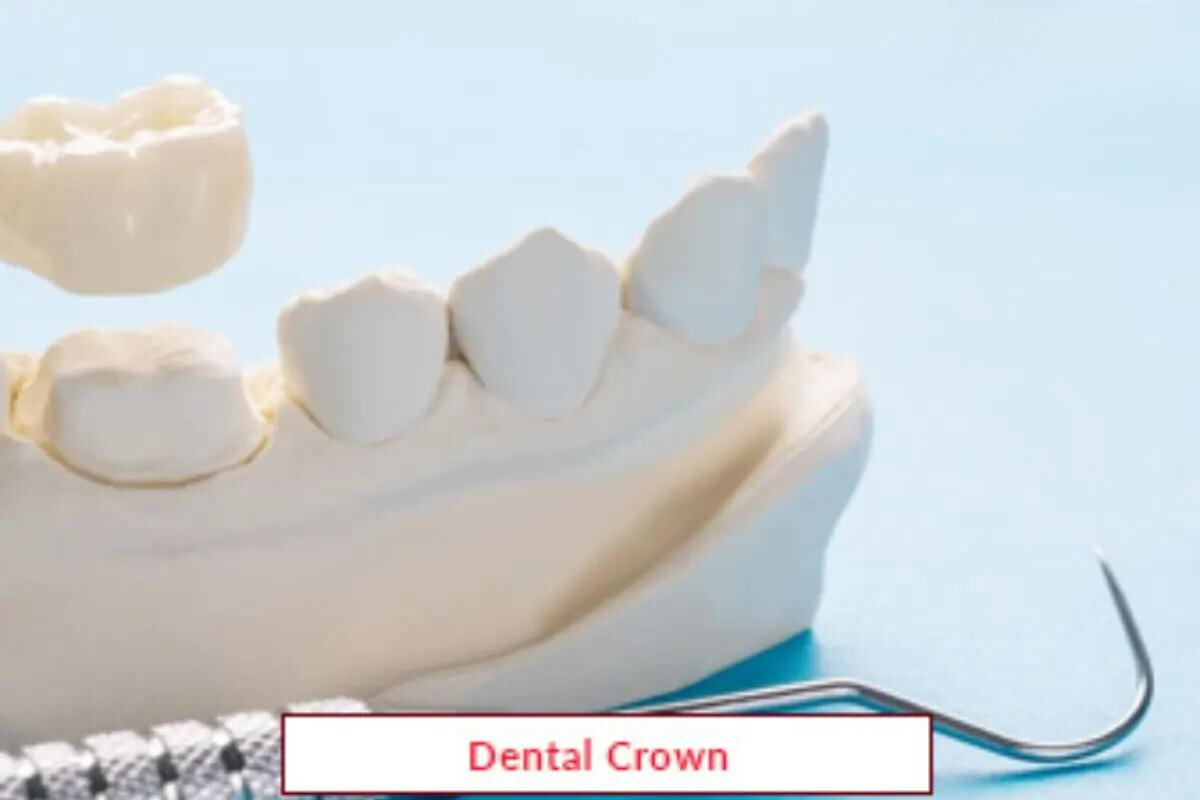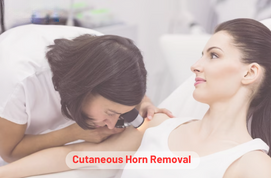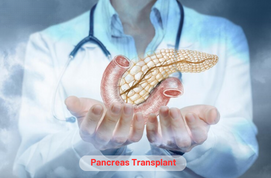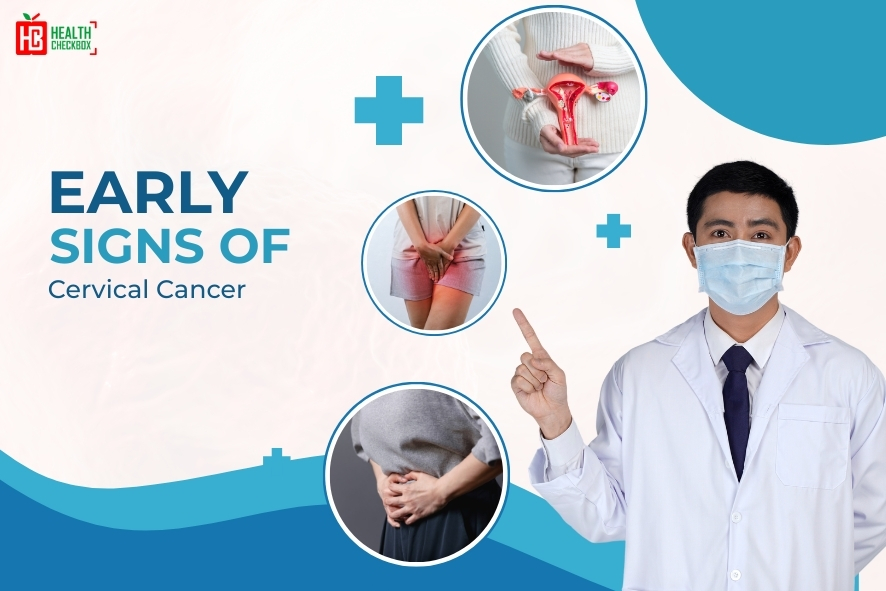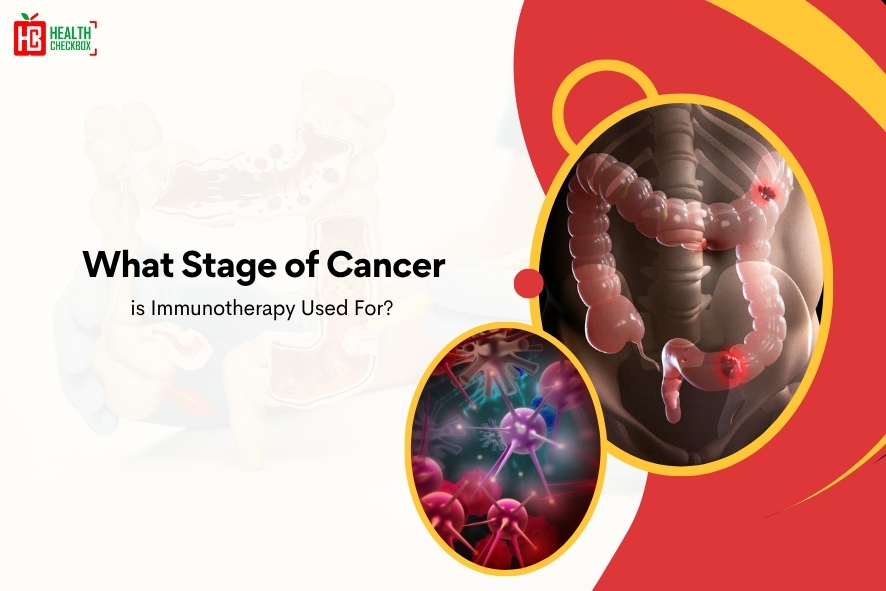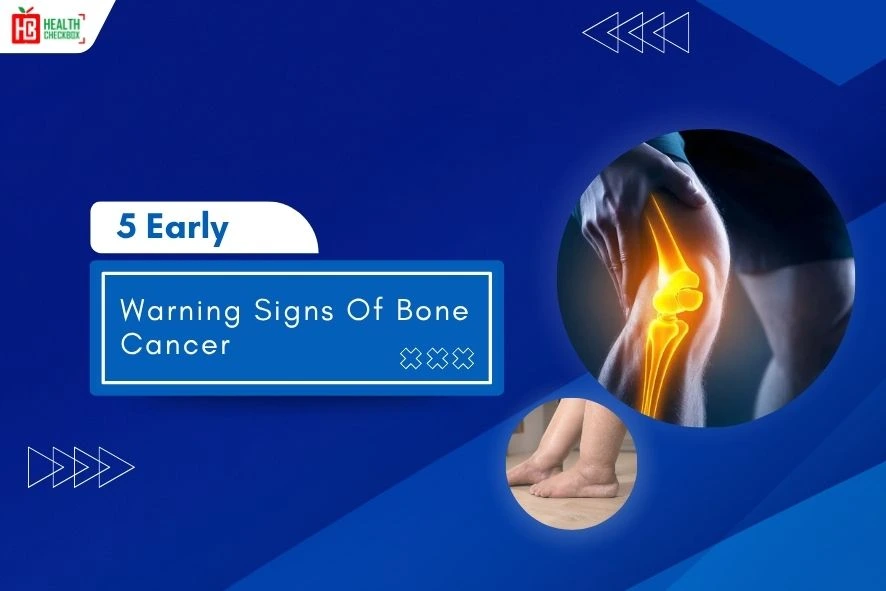Many individuals are affected by cancer problems in our world. It is a rare health condition which is not treated easily and can be dangerous for one’s health. This problem can cause fatigue, breathing problems etc., in patients.
Its most surgical method is robotic surgery. It is a minimally invasive approach that can be performed through different robotic tools and robotic devices. This method is mostly recommended for thyroid cancer, pancreatic cancer and other medical conditions. Its other name is robot-assisted surgery.
Types of Robotic Surgery
A robotic surgery consists of different kinds. These include the following:
- Ovarian Cystectomy: It involves the removal of ovarian cyst through robotic tools. This surgical approach is only suggested for larger or cancerous cysts.
- Myomectomy: During this surgery, a surgeon make a small incision in the lower belly to eliminate fibroid tumors from the uterus. This surgical procedure is applicable for women with severe pain, discomfort and heavy bleeding.
- Salpingectomy: A surgeon performs this surgery for the removal of fallopian tubes through a robotic system. It is recommended for ectopic pregnancy, pelvic inflammatory disease, heavy menstrual bleeding etc.
- Hysterectomy: It involves the removal of uterus and cervix through a robotic system. This surgery is mostly applicable for the female reproductive system.
- Oophorectomy: In this surgery, a surgeon uses a robotic system to remove one or both ovaries. It is recommended for patients suffering from ovarian cysts or other ovarian conditions.
Benefits of Robotic Surgery
The advantages of this surgical method are as follows:
- It is less scarring and provides faster recovery in patients.
- This method is minimally invasive, which lowers the risk of infection and blood loss.
- A patient can stay in a hospital for a shorter period.
Risks and Complications
This surgery is safe and effective but it leads to several complications. These include the following:
- Difficulty in breathing
- Blockage in lung artery
- Pneumonia
- Dental injury
- Bleeding
- Nerve palsies
- Vocal cord injury
- Pneumonia
What Conditions can be treated from this Surgery?
A healthcare provider recommends this surgical procedure for the treatment of certain medical conditions. These include the following:
- Thyroid cancer
- Gastrointestinal reflux disease
- Congenital heart defects
- Obesity
- Pancreatic cancer
- Kidney disease
- Endometriosis
- Abdominal wall hernias
- Stomach Cancer
- Atrial fibrillation
- Fibroids
Patients with severe pulmonary hypertension, unstable coronary disease etc., are not suggested for this surgery. They can consult with a relevant doctor for the management of these health conditions.
Before Procedure
The following instructions that an individual patient must follow before the procedure are as follows:
- A patient should not eat food and drink water for 8 hours.
- Some medication drugs such as aspirin, anti-inflammatory medicine etc., must be prohibited for 10 days.
- A patient must require certain tests such as urinalysis, chest X-ray, EKG etc., are required .
- An individual must take morning medicine for the management of blood pressure or heart. These medication drugs must be taken with a small sip of water.
During Procedure
The things that can be expected during the procedure are as follows:
- A general anesthesia will be provided to a patient so that he or she might get asleep or pain-free.
- The few small incisions are created in the patient’s body.
- After making an incision, a surgeon attached the thin tubes known as ports.
- The robotic device and other surgical instruments are attached with these tubes.
- A long, thin camera known as an endoscope is inserted with one of the ports. The high-definition, 3D images will be provided during the surgical procedure.
- A surgeon will sit at the console to control the robotic arms. After that, he or she starts doing their surgery.
- After the surgery completion, the surgical instruments and ports are then removed and the incisions are going to be closed with stitches.
After Procedure
A patient will spend some time in a hospital for a few days. He or she may start walking slowly after the procedure.
The strenuous activities as well as lifting heavy objects can cause injury or hernia after the surgical procedure. If you want a proper recovery after surgery, then these activities must be avoided for a few days.
A healthy diet such as protein, whole grains etc., must be followed after the procedure. You must drink plenty of water for proper recovery.
The medication drugs, which are prescribed by a doctor, must be taken by a patient when he or she may feel pain or suffering from constipation.
It is important for a patient to check for signs of infection which might occur near the incision site. He or she must schedule an appointment with a surgeon for full recovery.
Our Other Services
Latest Health Tips
Can Immunotherapy Cure Stage 4 Lung Cancer?
Early Signs of Cervical Cancer
Foods that Kill Cancer: Leafy Vegetables, Grains, & More
What Stage of Cancer is Immunotherapy Used For?
Which is Worse for Cancer, Sugar or Alcohol?
Vaccines That Prevent Cancer
What Kills Cancer Cells in the Body Naturally?
5 Early Warning Signs of Bone Cancer
Submit Your Enquiry
Testimonials








